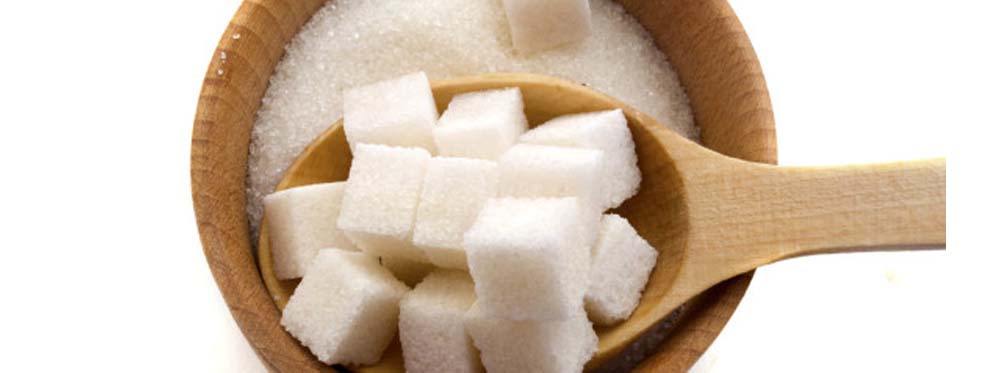
Case of artificial sweeteners in India
Since the past four decades we have been convinced that saturated fats are the main reason for obesity and cardiovascular diseases. However, recent studies have proven that sugar is far more dangerous. These days, knowingly or unknowingly we are consuming excess sugar through our diet which contains nothing but empty calories. Given our sweet tooth and cravings for traditional Indian sweets which, most of the times, contain more than 30% sugar by weight; cutting down these empty calories and maintaining proper weight and healthy lifestyle becomes a herculean task. Alternative sweeteners, which provide same amount of sweetness at a lesser amount of calories compared to sugar,can come to one’s aid at such a times.
Internationally, alternative sweeteners are being extensively used in weight& diabetes management and for their anti-cariogenic properties. Different benefits of differentmolecules are helping them find their way into a variety of food products like bakery, beverages, dairy, snacks, confectionery etc. and is slowly replacing the demand for sugar. However,alternative sweeteners could not make a mark on the sugar industry in India,primary reason being the difference in consumption patterns of sugars between thewestern world and India. In the western world, a major chunk of the sugar produced goes into food and beverage industries while in India it goes to tabletop consumption and sweetmeat industry. Hence it is essential for alternative sweeteners to crack these markets in India.
In case of tabletop consumption, alternative sweetenersaspartame and sucralose are currently being used to control blood sugar levels and thus mainly are catering to the diabetic population of the country. Extensively educating the customer and promoting these products as a low calorie alternative to sugar might break the norm that they are meant only for diabetic population and thus result in greater penetration of the product.
Sugar in sweets act as a bulking agents, lower water activity and modify the texture of the sweets. Alternative sweeteners can provide sweetness but not the other functions of sugar. A number of studies were carried out in the country on the use of artificial sweeteners in sweets but none of them achieved commercial success. Availability and genuineness of the products, cost difference and taste profiles are some of the aspects that are hindering the usage of sweeteners in this segment.
Usage of alternative sweeteners in food and beverage industries in India is still limited. Though products with these sweeteners in some of the product categories are being sold at a premium, it is not the cost but the demand that is limiting the overall growth of alternative sweeteners in the industrial market. However, the increasing awareness of the negativities of sugar and advent of new natural sweeteners like Stevia can be reasons for a leap in the demand for these in the coming years.
To summarize, considering the huge differences in the consumption patterns of sugar between the western world and India, the ‘one size fits all’ approach won’t work. Research and development in products as well as usage that fits Indian style of foods is the need of hour. The Indian market is awaiting such profitable products.
Author
 Grow Beyond
Grow Beyond 

